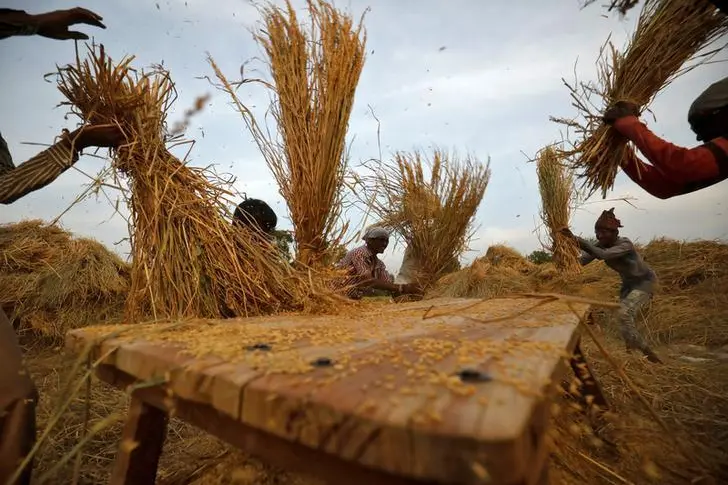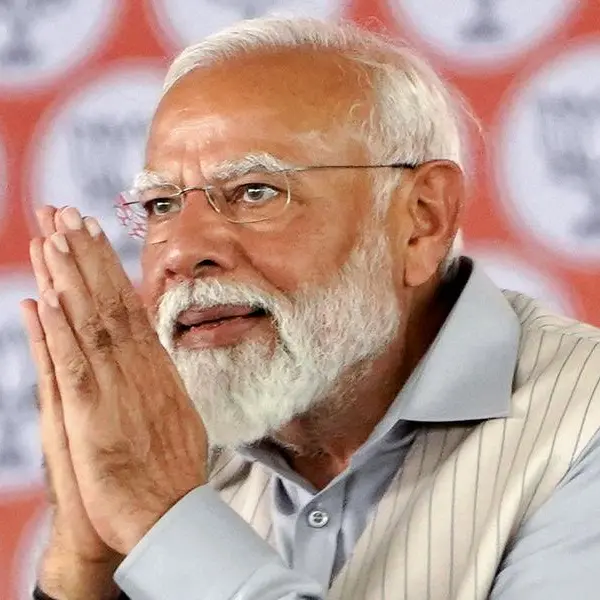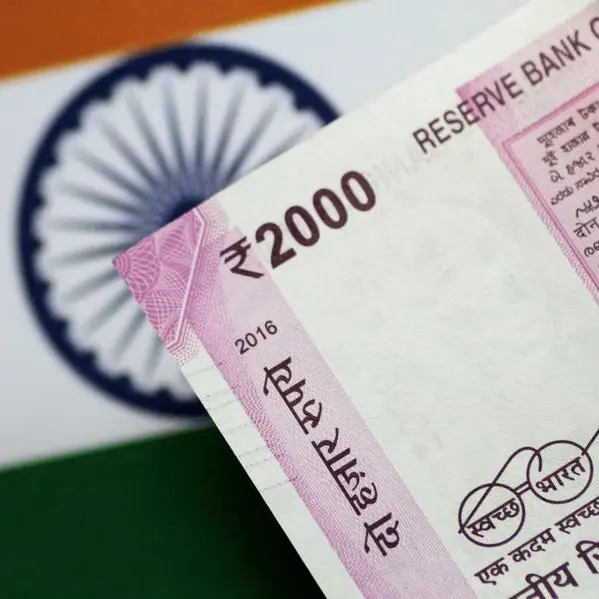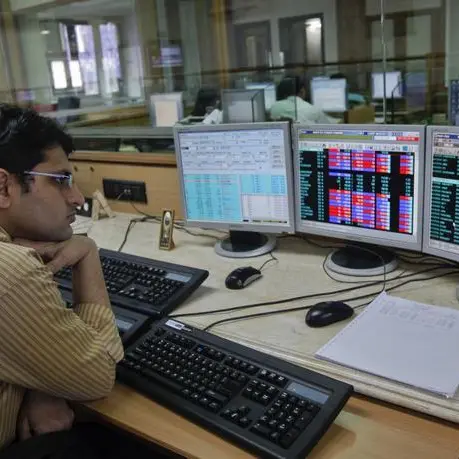PHOTO
Indian traders have sewn up deals to export half a million tonnes of wheat in recent days, and dealers are expected to sign more contracts to take advantage of record-high global prices, boosting shipments from the world's No.2 producer of the staple.
Russia's invasion of Ukraine has fanned fears over supply disruptions from the Black Sea region, which accounts for 30% of global wheat exports. That has sent global wheat prices to a 14-year high this week.
CAN INDIA EMERGE AS A MAJOR EXPORTER OF WHEAT?
India is the only major global supplier of wheat at this point, thanks to massive surplus stocks at home. The rally in global prices and a record slump in the Indian rupee against the dollar also make wheat shipments attractive to Indian sellers.
Indian warehouses are brimming with wheat after five consecutive record harvests - largely a result of favourable weather, the introduction of high-yielding seed varieties and state-set support prices for growers.
Wheat harvests will again scale new peaks in 2022, with farmers set to harvest 111.32 million tonnes from next month, up from the previous year's 109.59 million.
Overflowing grain bins often force the Food Corporation of India - the government-backed grains stockpiler - to store wheat in temporary sheds.
Wheat stocks at government warehouses total 28.27 million tonnes against a target of 13.8 million tonnes. With another bin-bursting harvest kicking in from April, granaries will overflow from May and June.
WHY HASN'T INDIA EXPORTED MORE OF ITS HUGE SURPLUS BEFORE?
Bulging wheat stocks helped the government cushion the blow from droughts in 2014 and 2015 and enabled Prime Minister Narendra Modi's administration to distribute free grain during coronavirus lockdowns.
But economists say maintaining such a large, unproductive inventory of wheat unnecessarily strains stretched state finances, and the monoculture also saps the soil of nutrients.
India has struggled to export wheat due to the annual increase in support or guaranteed prices offered by the government to growers. That increase made Indian wheat more expensive than world prices, making overseas sales uneconomic.
But the rare confluence of multi-year high global wheat prices, a record low rupee and a surge in demand from traders seeking to replace Russian and Ukrainian wheat with the Indian variety has made shipments from India attractive.
ARE THERE OTHER ADVANTAGES OR CHALLENGES FOR INDIA?
Robust demand from Asian buyers such as Nepal, Bangladesh, Sri Lanka, Indonesia and the Philippines allows India to supply wheat at lower freight rates. India can also supply wheat to the Middle East at lower freight costs than many other sellers.
Also, of late India has been able to dispel concerns about the quality of its wheat as Indian scientists have introduced many high-protein varieties suitable for pasta and pizza dough.
Indian traders and government officials also cite an increase in cargo handling capacity at Indian ports as another help.
But traders say an increase in internal freight costs to transport grain from major wheat-producing states to ports, and a potential shortage of railway wagons, could impede exports.
(Reporting by Mayank Bhardwaj and Rajendra Jadhav Editing by Mark Potter)












